
Types of Chocolate
When it comes to indulging in the sweet treat of chocolate, there is a wide array of options available to satisfy every palate. From rich and creamy milk chocolate to the intense and bold flavor of dark chocolate, understanding the different varieties of chocolate can enhance your culinary creations. Whether you're looking for chocolate bars, chocolate chips, or melting wafers, we will guide you through the top choices for baking with chocolate.
Shop All Bulk Chocolate
Different Types of Chocolate
There are four types of chocolate: dark, milk, white, and ruby. Chocolate comes from the seeds, or nibs, of the cacao tree. They are roasted and ground to produce a paste called chocolate liquor. The paste yields two products: cocoa butter and cocoa powder. From that, different varieties of chocolate are produced by creating different ratios of chocolate liquor, cocoa butter, sweetener, and other added ingredients.

Dark Chocolate
Compared to the other types of chocolate, dark chocolate offers a more intense and bittersweet flavor profile. Dark chocolate can be broken down into two types: bittersweet chocolate and semi-sweet chocolate. The FDA requires that dark chocolate contain at least 35% cacao and less than 12% milk solids. After that, it is up to the manufacturer to label their chocolate as bittersweet or semi-sweet. Typically, bittersweet has a higher percentage of cocoa than semi-sweet and is the less sweet of the two types.
Dark Chocolate Applications: Dark chocolate is ideal for recipes where chocolate is the focal point, such as ganache, mousses, truffles, and puddings.
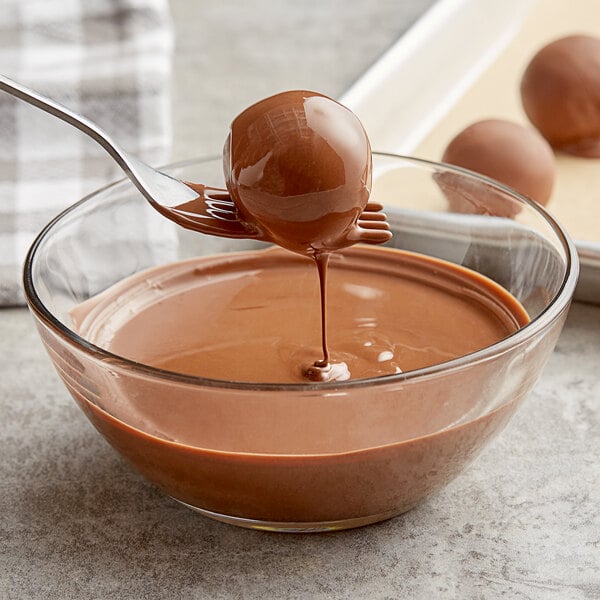
Milk Chocolate
Known for its smooth and velvety texture, milk chocolate is characteristically mild, sweet, and creamy in flavor. The FDA requires that milk chocolate must contain at least 10% chocolate liquor, 3.39% milkfat, and at least 12% milk solids. Because it contains more sugar and milk solids, milk chocolate is sweeter than semi-sweet chocolate and should not be used as a substitute in recipes.
Milk Chocolate Applications: Milk chocolate is ideal for making dipping and drizzling sauces, pastry creams, and confectionaries.
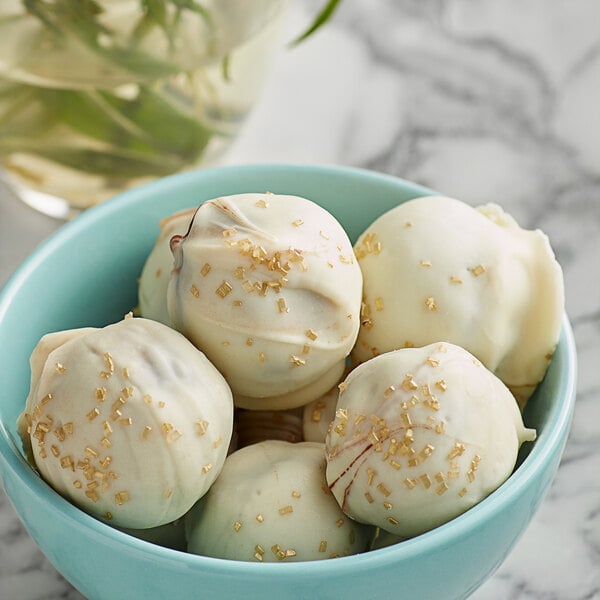
White Chocolate
White chocolate, despite lacking cocoa solids, is still considered a type of chocolate. It is made from cocoa butter, sugar, and milk solids, resulting in a creamy and buttery texture. The FDA requires that white chocolate is made up of at least 20% cocoa butter, 3.5% milkfat, and 14% milk solids. White chocolate is often used in baking, as a decorative drizzle or coating, or as an ingredient in creamy desserts like mousse or truffles. Because it is very sweet, white chocolate shines with bitter, tart, or nutty flavors that offset its sweetness.
White Chocolate Applications: White chocolate is ideal for making dipping and drizzling sauces, mousses, pastry creams, and confectionaries.

Ruby Chocolate
Ruby chocolate is a variety of chocolate that is made from ruby cacao beans, which can be found in Ecuador, Brazil, and Ivory Coast. This newer type of chocolate was developed by Belgian chocolate company Barry Callebaut in 2004. Ruby chocolate's flavor profile is sweet and fruity with fresh, sour notes and a red-pink color, despite having no added colors or fruit flavorings. Ruby chocolate is used for a wide range of applications, including confectionaries, truffles, pastry cream, and ice cream.
Ruby Chocolate Applications: Ruby chocolate is ideal for chocolate work, dessert sauces, frostings, and creams.
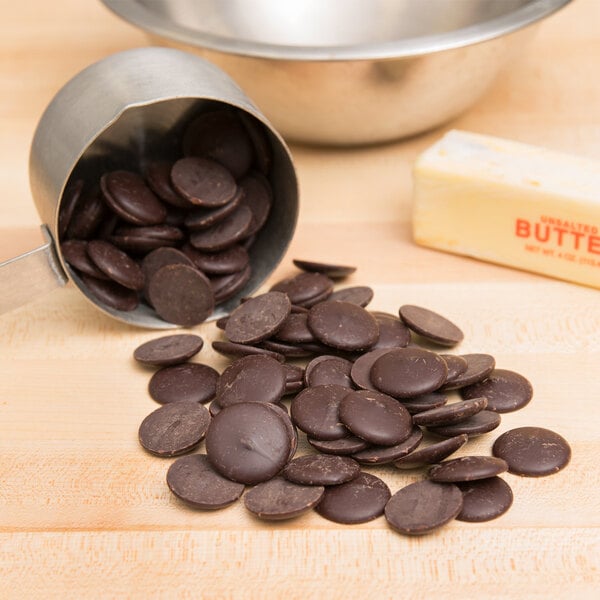
Unsweetened Chocolate
Unsweetened chocolate, also known as baking chocolate, is a pure form of chocolate made from roasted cocoa beans. It is composed of cocoa solids and cocoa butter, with no added sugar or sweeteners. With its intense and rich flavor, unsweetened chocolate is a staple ingredient in many baking recipes that require a deep chocolate flavor, such as brownies, cakes, cookies, and chocolate sauces. Its bitterness helps balance out the sweetness of other ingredients.
Unsweetened Chocolate Applications: Unsweetened chocolate is ideal for adding a rich cocoa flavor to recipes that already contain a lot of added sugar, such as brownies, cakes, and cookies.
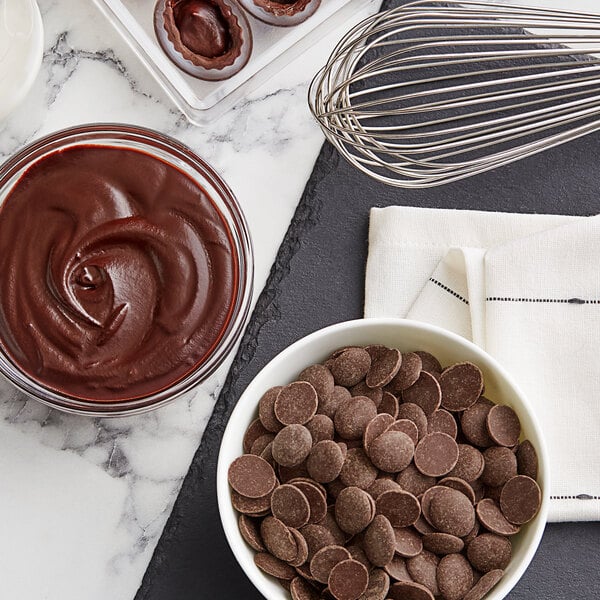
Couverture Chocolate
Couverture chocolate contains a higher percentage of cocoa butter – at least 31% – than baking or eating chocolate. This high percentage of cocoa butter gives the chocolate a glossy finish and a firm snap when properly tempered. It is available in dark, milk, and white chocolate varieties.
Couverture Chocolate Applications: Couverture chocolate is ideal for dipping, enrobing, and candy-making. It is not recommended for baking.
What Is Cocoa Butter?
Cocoa butter is a natural, stable fat that is extracted from cocoa beans. It is not a dairy product and is naturally vegan-friendly. On its own, cocoa butter has a mildly sweet flavor and a delicate chocolate aroma.
How to Use Cocoa Butter
Cocoa butter is one of the key ingredients in chocolate production and is widely used in the food industry for its unique properties. Here are a few popular cocoa butter applications:

- Add to chocolate when tempering to increase its fluidity and achieve the perfect set, snap, and shine for chocolate candies.
- Use in chocolate spray and fountain applications.
- Use for frying and sauteing. Its high smoke point resists frying temperatures better than butter and oils without burning.
- Use to create skincare products, such as soaps, lotions, and shampoos. Because it is high in vitamins and antioxidants, cocoa butter is a popular natural choice for remedying dry skin. Always check a product's ingredients to ensure it is safe for skincare use.
Cacao Percentages
When it comes to choosing chocolate, one important factor to consider is the cocoa percentage. The cocoa percentage refers to how much the chocolate is made from ingredients from cocoa beans, including cocoa solids and cocoa butter. This percentage can range from as low as 30% to as high as 100%. The rest of the ingredients consist of sugar, dairy, vanilla, emulsifiers, and any additional flavorings.
The cocoa percentage plays a significant role in determining the flavor, texture, and intensity of the chocolate. Generally, the higher the cocoa percentage, the more intense and bitter the chocolate will taste. On the other hand, a lower cocoa percentage will result in a sweeter and smoother flavor. Chocolate with a higher cocoa percentage tends to have a more complex flavor profile, with notes of fruitiness, earthiness, and even a hint of acidity. It also tends to offer a more pronounced chocolate taste. If you prefer a bold and intense chocolate experience, opt for a higher cocoa percentage.
It's worth noting that the cocoa percentage is not an indicator of the quality of chocolate. Instead, it is a personal preference based on individual taste preferences. Some people may enjoy the complexity and depth of flavor that high cocoa percentage chocolates offer, while others may prefer the sweetness and smoothness of lower cocoa percentage options.
How to Choose the Best Chocolate for Your Application
If you know what type of chocolate you need for your recipes, you may still be wondering if you should use chocolate bars, chips, wafers, or cocoa powder. Chocolate comes in different formats to serve different purposes, such as melting or baking. Choosing the correct format will help your recipes reach their full potential.
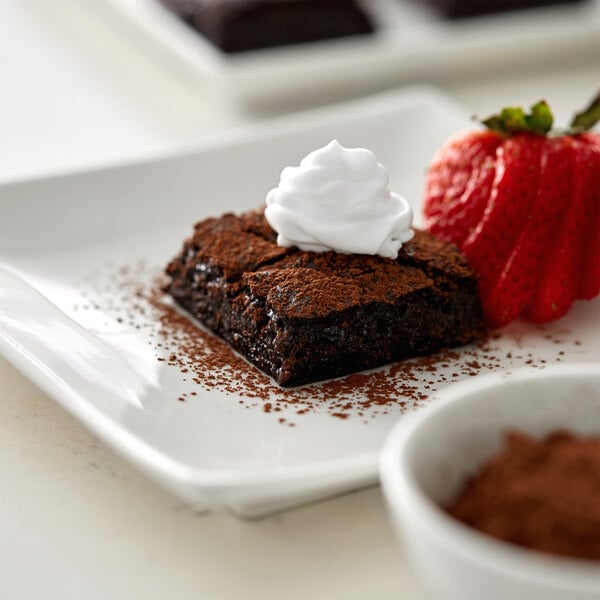
Cocoa Powder
Cocoa powder is made from dried chocolate liquor that is ground into a fine powder. There are two types: natural cocoa powder and Dutch process, or alkalized, cocoa powder. Dutch process cocoa powder has been treated to reduce its acidity, giving it a smooth flavor and a reddish color.
Best for: Cocoa powder is ideal for delivering a rich chocolate flavor to baked goods and drinks. It's also commonly used for dusting truffles and garnishing desserts.
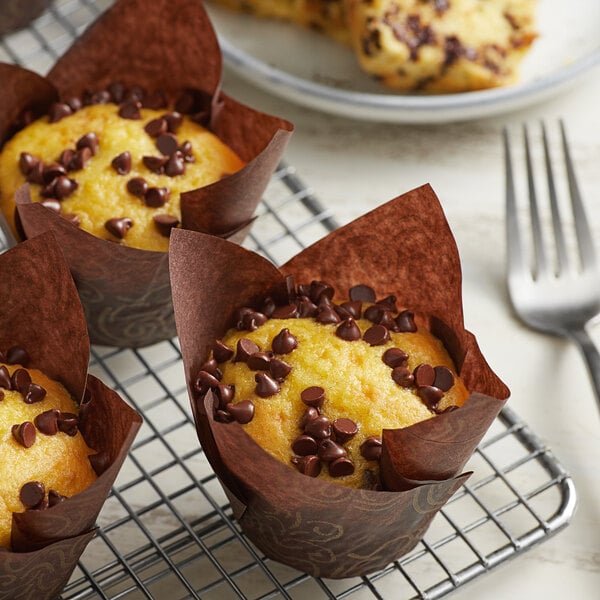
Chocolate Chips
Chocolate chips contain added stabilizers and less cocoa butter than bars or wafers to hold their shape in high heat. This provides structure to baked goods, helping them stay tall and upright while baking. If a recipe calls for melted chocolate, it is recommended to use bars or wafers instead of chips.
Best for: Chocolate chips are ideal for baked goods like cookies, muffins, and breads.

Chocolate Bars
When it comes to baking with chocolate, chocolate bars are an excellent option for high-volume bakeries. They are typically sold in 10 lb. or 11 lb. blocks and versatile in application, making them the ideal chocolate product to have on hand for your baking and confectionary needs. Whether you're making chocolate chip cookies, brownies, or cakes, chocolate bars can be easily chopped or melted down to suit your recipe's needs.
Best for: Chocolate bars are ideal for tempering to create specialty chocolates or for baking into premium confections and baked goods.
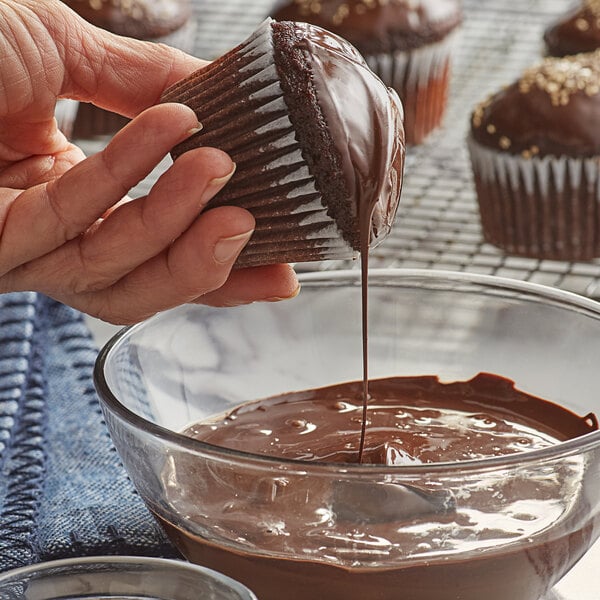
Chocolate Wafers
Chocolate melting wafers are small, disc-shaped pieces of chocolate. Unlike chips, they do not hold their shape, and are designed for melting and then cooling to a firm snap. Some wafers, like couverture wafers, will need to be tempered while others, like coating wafers, do not require tempering.
Best for: Chocolate wafers are ideal for any recipe that requires melting, such as confectionaries, ganache, sauces, and glazes.

Looking to make a crispy chocolate chip cookie? Use chocolate wafers or chunks! They melt more easily, yielding a flatter, crispier cookie.
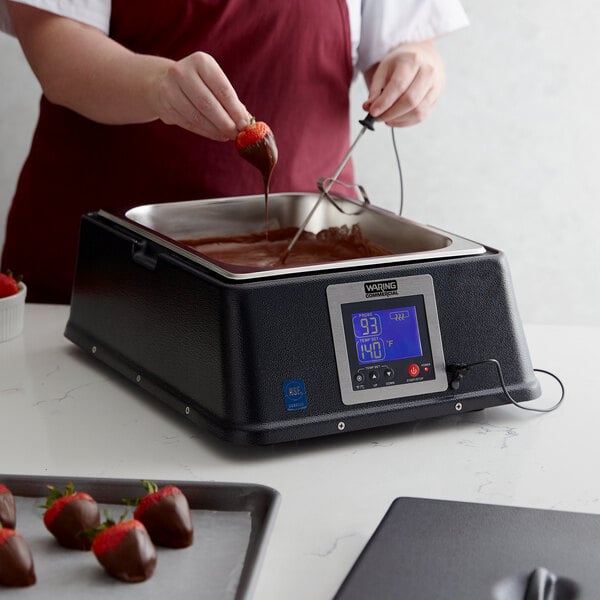
What Does it Mean to Temper Chocolate?
Tempering chocolate is a method of properly melting, cooling, and then reheating chocolate to stabilize the cocoa butter crystals. Ideal for chocolate bars, truffles, dipped confections, or chocolate cake decorations, the tempering process gives the chocolate a smooth, glossy appearance with a firm outer shell and crisp snap.
What Is the Difference between Tempered and Melted Chocolate?
Tempered chocolate is the ideal option for dipped and chocolate-covered treats while melted chocolate is a better option when you need to add chocolate to a ganache, pudding, or batter. Products that are coated with melted chocolate won't have the same snap and shine as tempered chocolate. Instead, the coating will be dull and have a soft texture that is more susceptible to melting and spoiling.
How to Properly Store Chocolate
Store chocolate in a cool, dry place that has a temperature ranging from 60 to 70 degrees Fahrenheit and a humidity level of 50% or lower. Chocolate is shelf-stable and does not require refrigeration - it should be stored away from sunlight or artificial light in an air-tight container to keep out moisture and oxygen.
Improper storage of chocolate can lead to the development of unpleasant flavors or chocolate bloom, which is a hazy white coating that forms on the chocolate. Factors such as light, moisture, and oxygen can contribute to this. In addition, it is important to store chocolate away from aromatic foods that may be absorbed by the chocolate.
Chocolate Brands
There are a variety of professional chocolate brands to choose from to use in your sweet treats, from popular household names to artisanal, small-batch brands. These brands provide chocolate ingredients that can be used for a wide range of applications for chocolate makers, bakers, and pastry chefs.
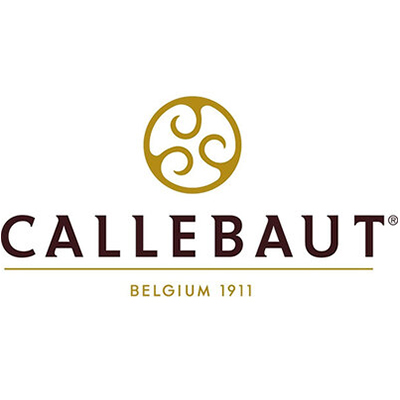
- Unparalleled workability and the most balanced taste on the market
- Range of chocolate available with different fluidities to meet chefs' needs
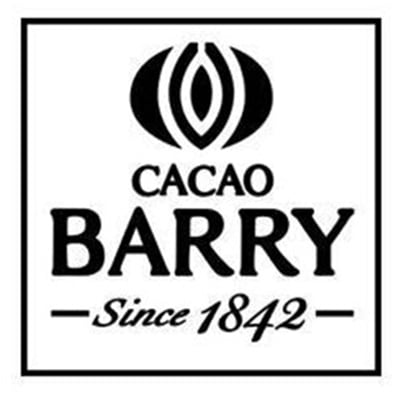
- Transforms sustainably sourced ingredients into professional-grade French chocolate
- Uses pure cocoa butter and high-quality melting pistoles to create chocolate products
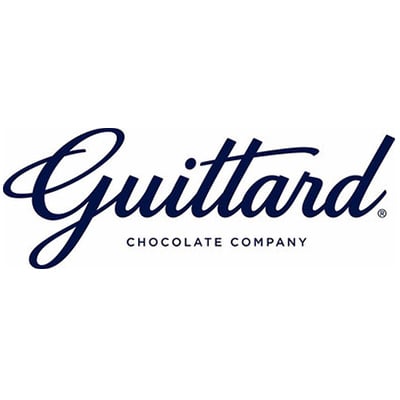
- Artisanal chocolate brand crafted for chocolate professionals
- Zero additives or preservatives in their premium, sustainably sourced chocolate
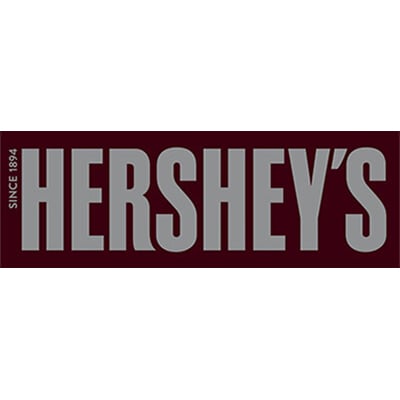
- One of the most recognized and trusted chocolate producers in the world
- Perfect for establishments wanting a familiar brand in their goods
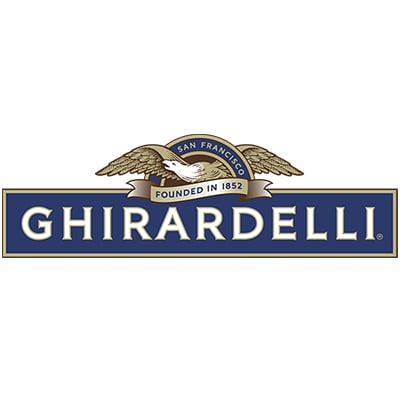
- Trusted household brand synonymous with quality chocolate
- Easy-to-use products great for bakers of all skill levels

- Vegan chocolate free from all major food allergens
- Perfect for bakers serving vegan, allergen-free goods to customers
Related Resources
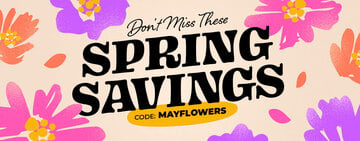
May 2024 WebstaurantStore Coupon Code
Spring is in full bloom, and to celebrate Webstaurantstore is offering a variety of amazing monthly deals! In May, you'll discover incredible prices on beverageware, dessert ingredients, and food packaging supplies. Take a look at our selection of sale items below and don't forget to enter the code MAYFLOWERS at checkout to enjoy savings of up to 30%! We're also excited to introduce the new Webstaurant Rewards® Visa Business Card ! Sign up for a new card today and start earning rewards on every WebstaurantStore purchase. Use Coupon Code: MAYFLOWERS Finest Call Premium Tropical Puree Mix 1 Liter reg. $4.19 Each $3.77 Shop Now Blue Henry Dried Blood Orange Slices - 20+ Slices per Box reg. $12.49 Each $8.74 Shop Now Fee Brothers 5 fl. oz. Oran
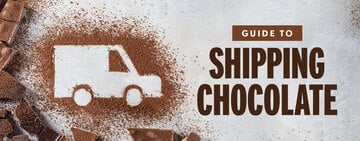
How to Ship Chocolate
In this interconnected environment, shipping chocolate straight to your customers anywhere in the country is vital to your success. However, chocolate's temperature sensitivity presents many challenges, especially when mailing it across long distances. Whether you have a booming e-commerce business or you're mailing food for the first time, use our chocolate shipping guide to deliver your products to customers. Shop All Mailing, Shipping, & Packing Supplies Use the following links to learn how to ship different chocolate candies: How to Pack Chocolate for Shipping How to Ship Chocolate without Melting Best Way to Ship Chocolate How to Ship Chocolate Covered Strawberries How to Ship Chocolate Covered Pretzels How to Ship a Breakable Chocolat

12 Types of Frosting: The Definitive Guide
Before you can frost a cake , you must choose the frosting you're going to work with. Essential for cakes and cupcakes but a welcome addition to cookies and other confections, frosting is both decadent and decorative. With so many options to choose from, it can be overwhelming to find the perfect frosting to pair with your bakery items. That's why we've crafted this comprehensive guide to the most popular types of frosting so you can decorate and enhance your baked goods with the ideal frosting flavor and consistency for each recipe. Shop All Frosting and Icing Use the following links to navigate and learn more about each type of frosting: Buttercream Frosting Swiss Meringue Buttercream Italian Meringue Buttercream French Buttercream German
- Topics 1364
- Industrial 55
- Troubleshooting Guides 21
- Restaurant Management 129
- Bar Management 57
- Catering Tips 37
- Bakery Management 42
- Food Trucks & Concessions 49
- Advertising & Marketing 37
- Eco-Friendly Tips 11
- Facility Layout & Design 42
- Coffee Shop Tips 29
- Installation & Maintenance 52
- Janitorial & Pest Control 30
- Safety & Sanitation 88
- Startup Tips 104
- Menu Design 10
- Kitchen & Cooking Tips 84
- Hospitality Management 24
- Pizza & Sandwich Shop Tips 36
- Smallwares 37
- Food Prep 90
- Tabletop Items 17
- Disposables 22
- Calculators & Tools 6
- Consumables 52
- Warewashing & Laundry 19
- Cooking Equipment 92
- Food Storage & Refrigeration 51
- Beverage Equipment 35
- Office Supplies 6


